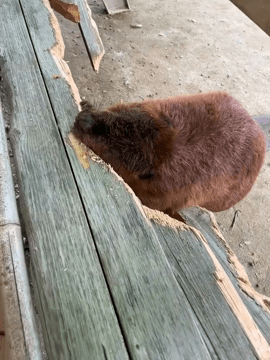
Hank the Tank evades capture again! The 500-pound black bear dubbed “Hank the Tank” is still on the lam after breaking into two more California homes. To date, Hank has caused “extensive damage” to 33 properties and broken into about 28 homes in a Lake Tahoe neighborhood over the past few months, according to CNN. The latest break-in occurred on February 18. The South Lake Tahoe Police Department reported that the bear didn’t go into a garage after trash, but instead physically broke through a window into the home before managing to get out. And while the massive black bear hasn’t attacked any humans or pets, worried residents have been flooding police lines with over 100 individual reports since the black bear began its tirade on the Lake Tahoe neighborhood last spring. “The incidents primarily occurred during the summer and fall of 2021, when the bear was in hyperphagia, adding calories to survive the winter,” says California Department of Fish and Wildlife (CDFW) spokesperson P
Post: 22 March 10:28














































